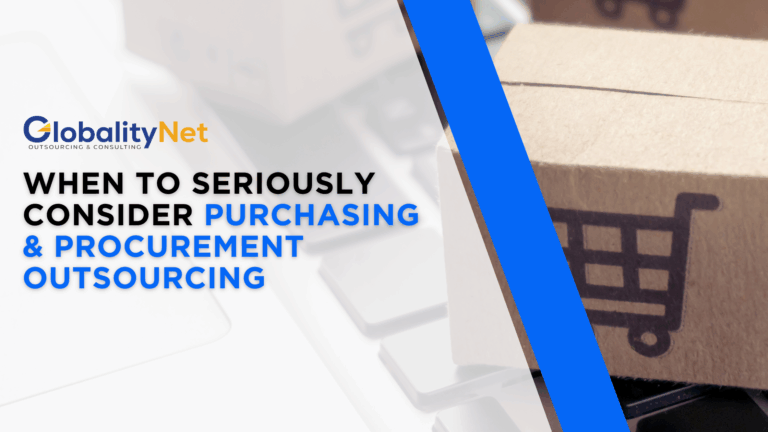There’s a fundamental divide in business today: companies that predict market shifts, and those stuck reacting to them. The difference comes down to one often-overlooked function: supply chain forecasting.
Walk through any warehouse, and you’ll see the evidence of forecasting failures – pallets of expired products collecting dust, empty shelves where best-sellers should be, and stressed employees scrambling to fulfill orders that should have been anticipated months ago. These aren’t operational hiccups; they’re symptoms of a deeper strategic failure.
The Real Price of “Good Enough” Forecasting
Most executives dramatically underestimate how much their mediocre forecasting costs them. Not in vague “lost opportunities,” but in real dollars disappearing from their balance sheets:
- The Inventory Deception
The average mid-sized manufacturer carries:
- 37% more safety stock than necessary
- Loses $420,000 annually to expired/obsolete inventory
- Spends 19% of warehouse space storing products that won’t sell
We audited a fashion retailer still using spreadsheet forecasts. Their “conservative” approach led to:
✓ $2.1 million in dead stock last holiday season
✓ 28% of their spring line going straight to discount
✓ A 40% inventory turnover rate (industry leaders achieve 85%)
- The Customer Trust Erosion
Modern consumers don’t forgive supply chain failures:
- 61% will switch brands after one late delivery
- 78% check inventory online before visiting stores
- Stockouts can permanently reduce a product’s perceived value by 22%
- The Hidden Operational Tax
Poor forecasting creates invisible costs:
- 25% more overtime hours in fulfillment centers
- 3x more emergency shipments
- 15% higher procurement costs from rushed orders
What Forecasting Leaders Do Differently
Top-performing supply chains share three critical forecasting capabilities:
- They Treat Data as a Strategic Asset
Not just historical sales, but:
- Real-time point-of-sale feeds
- Supplier capacity intelligence
- Even weather pattern analysis
- They Plan for Multiple Futures
Instead of single-point forecasts, they model:
- Best-case demand scenarios
- Probable disruption events
- Full supply chain ripple effects
- They Align Forecasting with Commercial Strategy
Their demand planning:
- Incorporates marketing campaigns
- Tracks competitor promotions
- Adjusts for regional buying trends
A beverage company we worked with implemented this approach and achieved:
→ 94% forecast accuracy for key SKUs
→ 35% reduction in write-offs
→ 18% improvement in on-time deliveries
Building Forecasting Maturity: A Practical Roadmap
Stage 1: Foundation
- Cleanse three years of historical data
- Implement basic statistical forecasting
- Establish cross-functional planning team
Stage 2: Enhancement
- Integrate external data sources
- Develop scenario planning playbooks
- Automate reporting dashboards
Stage 3: Leadership
- Deploy predictive analytics
- Establish monthly calibration processes
- Link forecasting to financial planning
The Hard Truth: Inaction Has a Price Tag
Every month of outdated forecasting costs your business in:
- Stranded working capital
- Missed sales opportunities
- Avoidable operational costs
At GlobalityNet, we don’t just implement forecasting tools – we transform how companies anticipate demand. Our clients typically see:
✓ 25-40% improvement in forecast accuracy
✓ 15-30% reduction in inventory costs
✓ 20%+ improvement in service levels
The first step? Understanding your current forecasting maturity.
Because in an era of constant disruption, the most expensive forecast is the one you didn’t see coming.










